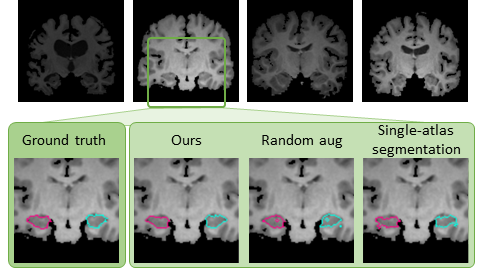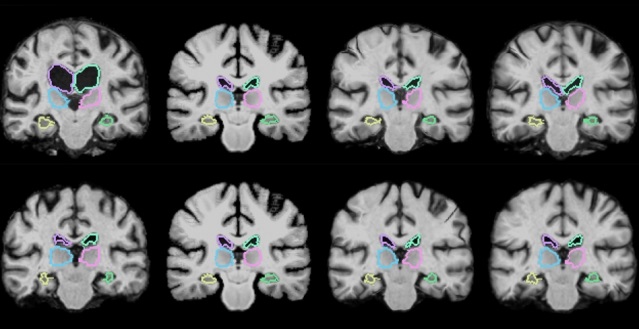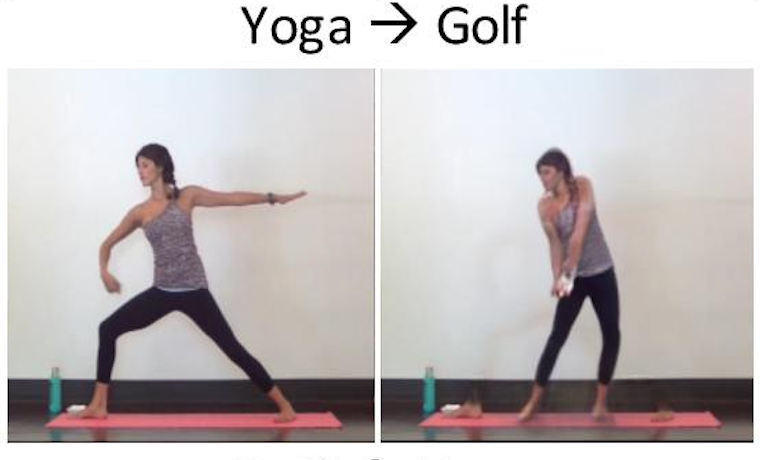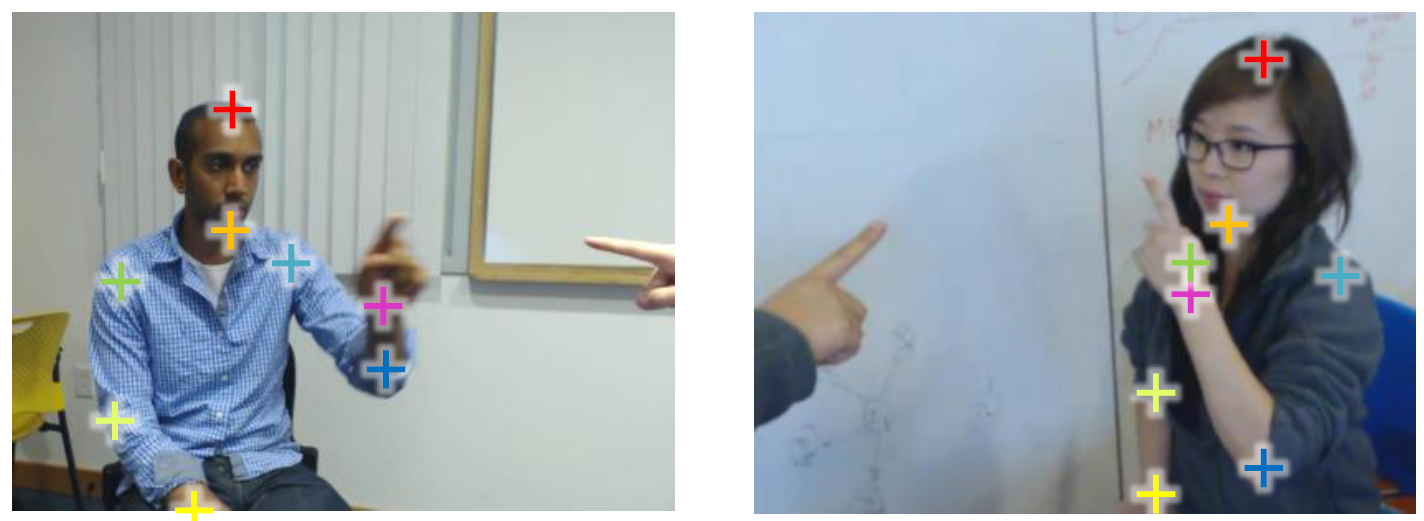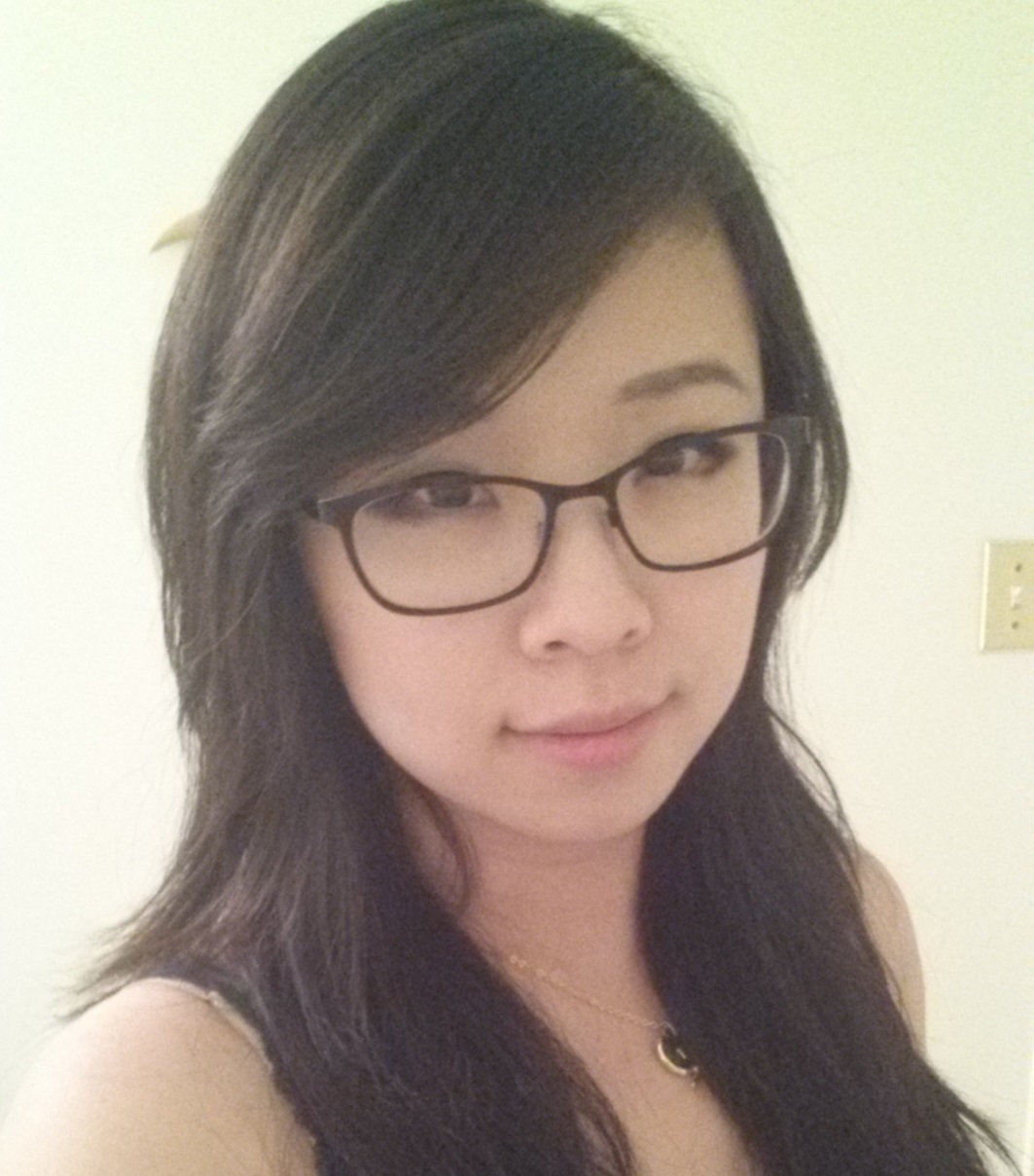
Amy Zhao
MIT CSAIL PhD Candidate
computer vision, machine learning
About Me
I am a PhD student at MIT working on computer vision and machine learning. I am advised by Professors John V. Guttag and Frédo Durand. I am interested in modeling the transformations that we observe in realistic images, including 3D rotations of objects, complex lighting effects and even artistic effects. These models have a variety of applications including data augmentation and image synthesis.
Prior to graduate school, I worked for 3 years as a Software Engineer at Microsoft and Caradigm. I did my undergraduate studies at the University of Toronto in Engineering Science and Biomedical Engineering.
Recent News
Our work on data augmentation for medical image segmentation was accepted to CVPR 2019 as an oral presentation!
Check out some recent publications about VoxelMorph!
Faster analysis of medical images | MIT News
Algorithm speeds up medical diagnosis | Innovators Magazine
Machine learning could enable medical image registration during operations | Radiology Business
Recent Publications
A. Zhao, G. Balakrishnan, F. Durand, J. Guttag, A. V. Dalca.
CVPR 2019 (oral and poster)
G. Balakrishnan, A. Zhao, M. R. Sabuncu, J. Guttag, A. V. Dalca.
IEEE Transactions on Medical Imaging 2019
G. Balakrishnan, A. Zhao, M. R. Sabuncu, J. Guttag, A. V. Dalca.
CVPR 2018 (poster)
G. Balakrishnan, A. Zhao, A. V. Dalca, F. Durand, J. Guttag.
CVPR 2018 (oral and poster)
R. Jaroensri*, A. Zhao*, G. Balakrishnan, D. Lo, J. D. Schmahmann, F. Durand, J. Guttag.
Machine Learning for Healthcare 2017
